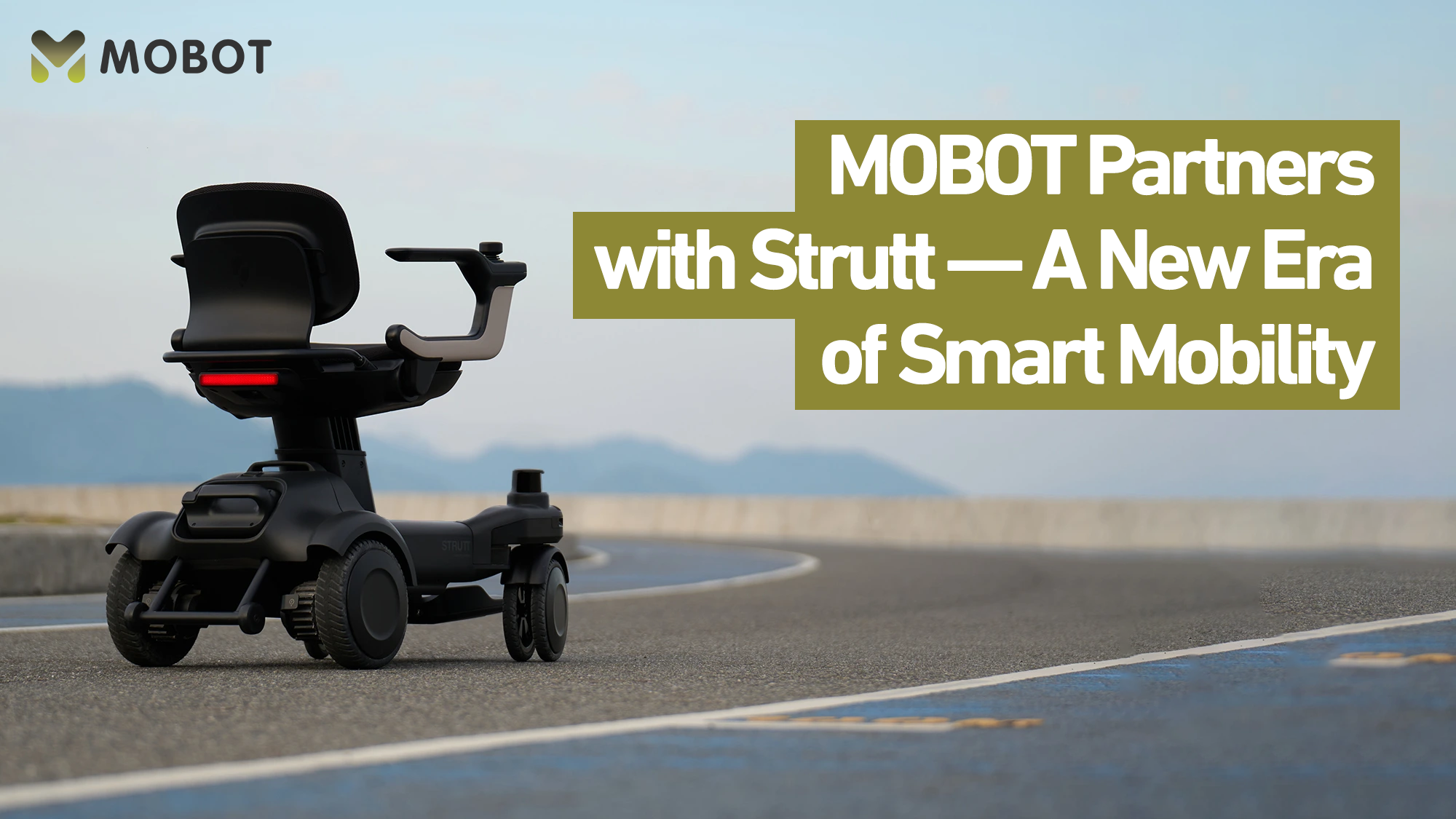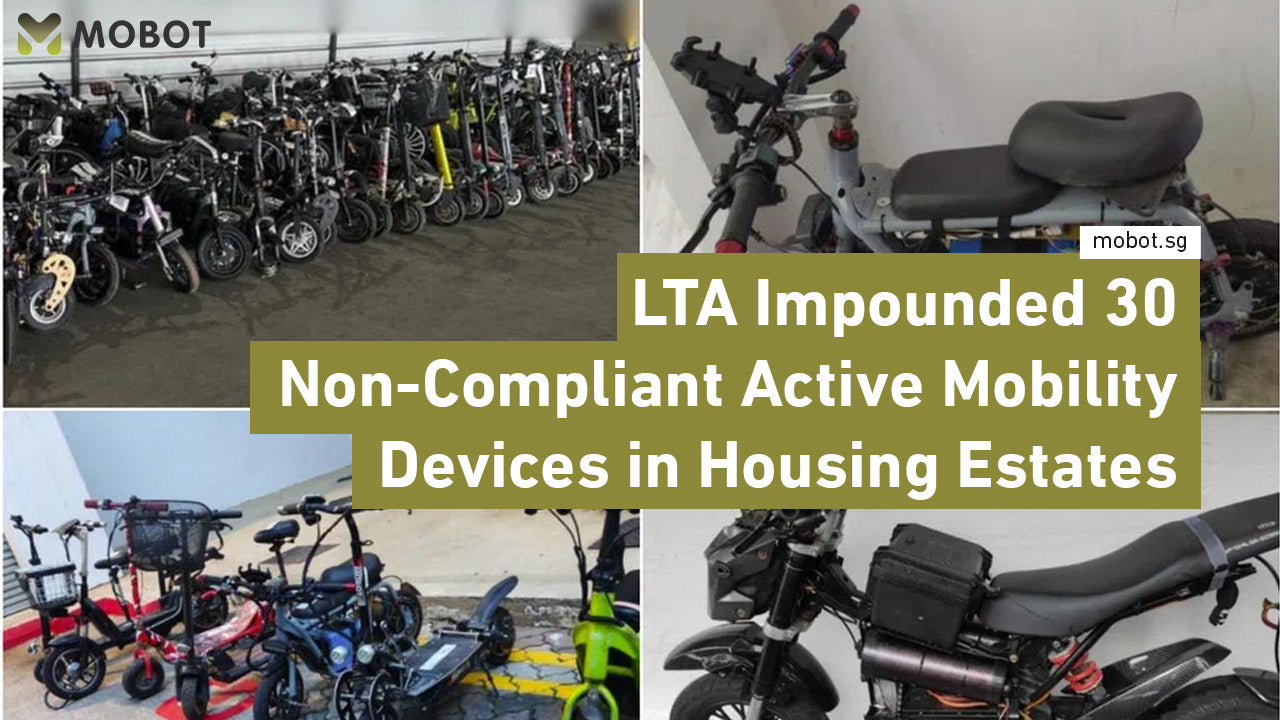Mobility scooters and electric wheelchairs — collectively known as Personal Mobility Aids (PMAs) — are essential for helping people with mobility challenges get around safely and independently.
But in Singapore, not all PMAs are created equal. Increasingly, low-priced models are being sold through overseas online marketplaces or unverified local sellers. Many of these:
- Do not have HSA approval — meaning they may not meet Singapore’s medical device safety standards.
- Come from non-reputable sources with no service support or warranty.
- May fail LTA compliance checks, making them illegal to use on public paths.
- Can pose serious fire, electrical, or mechanical risks due to poor quality parts or uncertified batteries and chargers.
While the lower price might be tempting, buying from these sources can lead to costly consequences — from customs seizure to safety hazards and even fines.
Before you buy, here’s what you need to know about Singapore’s PMA rules and the essential certifications that protect your safety and mobility.
📜 Understanding LTA Rules for PMAs
In Singapore, LTA classifies mobility scooters and motorised wheelchairs as PMAs.
Key rules:
- No registration required, but devices must meet safety and size limits.
- Max width: 70 cm
- Max unladen weight: 300 kg
- Max speed: 10 km/h currently, 6km/h from 2026 onwards
- Must be used only by people with mobility difficulties.
- Cannot be modified to exceed speed or weight limits.
New Rules from 2026
- Reduced Speed Limits*
- New Size and Weight Limits
- Width: 70 cm
- Length: 120 cm
- Height: 150 cm
- Laden Weight: 300 kg
- Certification for Users of Mobility Scooters*
- Ban Sale of Non-Compliant PMAs
Existing Rules
- Must have ≥3 wheels, 1 footboard, handlebars, and only 1 seat
- Allowed on footpaths, shared paths, cycling paths and pedestrian-only paths
- Not allowed on roads
- No license or registration required
If a PMA fails to meet these criteria, it cannot be legally used on public paths — regardless of where it was purchased.
📋 Why Certifications Matter
Certified PMAs are tested for safety, reliability, and compliance.
They ensure your device performs as expected, is safe to charge and operate, and will pass regulatory checks.
HSA Approval
- The Health Sciences Authority (HSA) regulates certain mobility aids as medical devices. As all wheelchairs are considered medical devices, all wheelchairs and electric wheelchairs in Singapore need to be HSA-approved to be imported into Singapore.
- HSA-approved PMAs are evaluated for safety, quality, and performance to ensure they are fit for medical use.
- ✅ All MOBOT electric wheelchairs are HSA-approved, giving customers confidence that their device meets Singapore’s medical safety standards.
EN 12184 Certification

- Although this standard is not legally required, the EN 12184 is recognised worldwide as a benchmark for quality.
-
It is the European Standard for electrically powered wheelchairs and mobility scooters, which tests include stability, braking performance, structural integrity, electrical safety, and endurance.
- ✅ Most MOBOT PMAs have achieved EN 12184 certification, showing they meet rigorous international safety and performance standards.
Safety Mark for Chargers

- Issued by Enterprise Singapore to ensure electrical products meet local safety standards, this standard prevents risks like overheating, short-circuiting, and fire hazards.
- ✅ All MOBOT PMAs come with Safety Mark-certified chargers, so you can charge your mobility aid safely at home.
UN38.3 Battery Certification for Airline-Friendly Models

- The UN38.3 standard is a global requirement for transporting lithium batteries by air, sea, or land.
- Tests battery safety under shock, vibration, extreme temperature, short-circuit, overcharging, and pressure changes.
- ✅ All airline-compliant MOBOT PMA batteries are UN38.3 certified, ensuring safe air travel and compliance with airline regulations.
TEST REQUIREMENTSMOBOT Airline Compliant PMAs Passed the UN38.3 transport safety standards and contains the Material Safety Data Sheet (MSDS) |
|
|---|---|
| Altitude simulation ✅ |
|
| Thermal test ✅ |
|
| Vibration ✅ |
|
| Shock ✅ |
|
| External short circuit ✅ |
|
| Impact ✅ |
|
| Overcharge ✅ |
|
| Forced discharge ✅ |
|
MSDS (Material Safety Data Sheet)
- Lists the chemical composition, hazards, handling, and disposal guidelines for batteries.
- ✅ MOBOT provides MSDS documentation for all airline-compliant batteries, ensuring transparency and safe handling.
Material Safety Data SheetDetailed Information for Safe Handling & Custom Clearance |
|
|---|---|
| Main Hazards |
|
| First Aid Measures |
|
| Fire Fighting Measures |
|
| Accidental Release Measures |
|
| Handling And Storage |
|
⚠️ The Risks of Cheap, Unverified PMAs
When you buy an uncertified or non-compliant PMA online, you risk:
- Fire or electrical hazards from unsafe batteries or chargers.
- Mechanical failure such as sudden brake malfunction or power loss.
- No local warranty or support, making repairs expensive or impossible.
- Customs seizure if the product doesn’t meet LTA or HSA standards.
- Fines or enforcement if used on public paths illegally.
👍🏼 How to Buy a Safe, Compliant PMA in Singapore
- Buy from an authorised local retailer — they handle compliance, warranty, and after-sales support.
- Ask for proof of certification — HSA approval, EN 12184 reports, UN38.3, MSDS, Safety Mark charger.
- Test the device before purchase — check comfort, control, and stability.
- Confirm LTA compliance — size, weight, and speed must be within legal limits.
📌Conclusion
Mobility aids aren’t just another online gadget — they are medical and safety devices.
Buying an uncertified, cheap PMA might save money upfront, but the risks to your safety, legal standing, and mobility far outweigh the savings.
All MOBOT PMAs come with Safety Mark-certified chargers, ensuring safe and reliable charging at home. Motorised wheelchairs are HSA-approved, meeting Singapore’s medical-device safety standards. Most MOBOT PMAs also hold the EN 12184 certification, which guarantees performance, stability, and durability under rigorous international testing. Additionally, all airline-compliant batteries are tested to UN38.3 standards and supported by MSDS documentation for safe handling and transportation.






Leave a comment
This site is protected by hCaptcha and the hCaptcha Privacy Policy and Terms of Service apply.